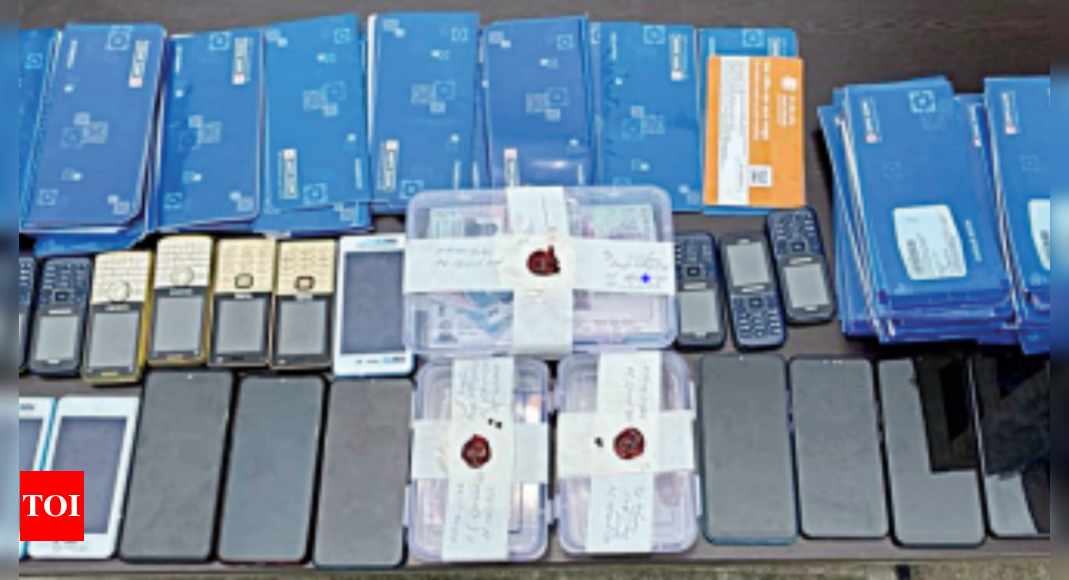NEW DELHI: The con racket through which banks and people were duped by misusing an Aadhaar updating facility seems to be getting bigger with the investigation hinting that at least eight Aadhaar centres may have been compromised by the gang and people’s data misused. Police are now planning to obtain the court’s permission to approach UIDAI to get details of the agent ID and details of centres being used by the gang. Eight “silicone fingerprints” were seized from the accused, which suggests that more than one facility was being used by them to make fake Aadhaar cards. DCP KPS Malhotra has formed a team comprising ACP Sunil Kumar and inspectors Neeraj Kumar and Udai Singh to unearth the conspiracy. On Thursday, TOI had reported that two men were arrested for being involved in obtaining loans and credit facilities of over Rs 1 crore from banks using fake documents created through an Aadhaar Kendra. A probe was started after receiving a complaint from a bank after it was found that common photographs and signatures were used in 35 savings bank accounts with different names. Interrogation of the two arrested men, N Prajapati and S Prajapati, both residents of Tughlaqabad Extension, revealed that they had obtained fingerprints of an authorised agent of an Aadhaar centre and his login details. “The copy of the fingerprints was made with silicone, rubber, paper and gel. The silicone fingerprint along with a high-resolution printout of the agent’s iris was used to log into the centre,” an investigator said. The gang used to visit the Aadhaar centre once a week and collect details of people who came to update their data. “After taking the fingerprints and iris and other important data of people, they used to open bank accounts and take loans,” said a source. The gang was also involved in making fake documents for a relative of gangster Lawrence Bishnoi. “Whenever an illiterate person came to the centre for updating his Aadhaar, the accused would capture the biometrics, but change the photograph and address. After updating the Aadhaar, the accused would download it and give it to the person after editing it. However, the Aadhaar database would have the photograph and address submitted by the accused,” said Malhotra. During the pandemic, when everything went online, the gang started opening bank accounts through the online mode. The account holder’s credentials would be verified through the API integrated with the Aadhaar database. “As the photograph and address in the database was changed fraudulently, the bank’s API would verify the details provided by the gang. The account would then get opened without any physical verification or intervention,” Malhotra added.
Source: https://timesofindia.indiatimes.com/city/delhi/aadhaar-racket-gets-bigger-and-murkier/articleshow/93508867.cms

